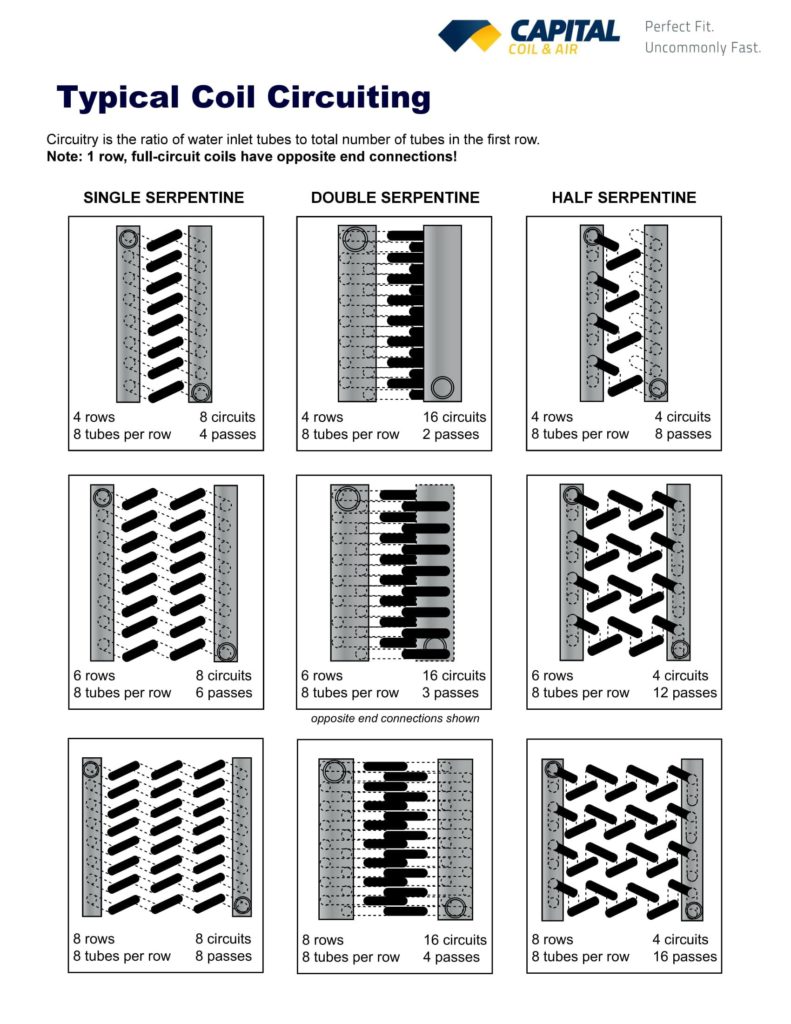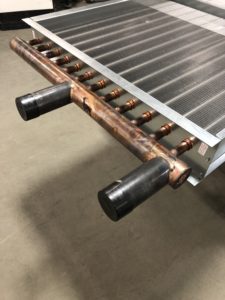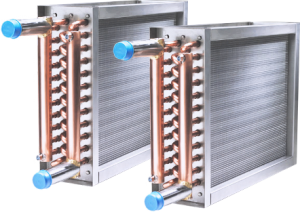Capital Coil & Air prides itself on its ability handle all jobs – large or small! We quote anywhere from 25-50 projects/day, and there is typically a very diverse mixture of equipment and overall size & scope of projects that need to be engineered and quoted. The majority of our business comes from repeat customers because they know that we treat every job and request with the same importance – regardless of size. Today’s newsletter highlights one of our largest jobs to date to illustrate the fact that Capital Coil has the ability handle any job…no matter the size and scope.
Capital Coil has long understood that your businesses and customers depend on fast responses, fast engineering, fast shipping, and top-quality products. Again, whether it’s (2) small hot water duct-coils that you need overnighted, or banks of chilled water coils, Capital Coil wants you as our customer to be satisfied that you got a “fair-deal” with us on each and every job.
The Syracuse University Dome (SU Dome), in Syracuse, NY underwent an extensive renovation at a cost of $205 million. The old roof was air-inflated/supported and was replaced with an updated design-frame roof. As part of the total renovation, the building also changed out it bathrooms, Wi-Fi, LED lighting, and entire HVAC system. As part of the renovation, Capital Coil was asked to build (64) chilled water coils as a part of the air conditioning renovation project.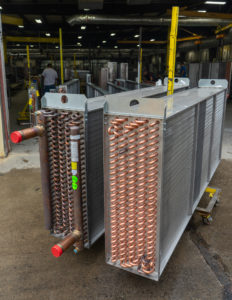
Modular Comfort Systems, located in Syracuse, contacted Capital Coil & Air during the planning and budgeting phase of this project. Modular Comfort Systems is a large and highly respected HVAC Representative in central New York State. After purchasing coils from CCA, they re-sold those same coils, as well as other HVAC equipment to the also very highly respected Burns Bros. Mechanical Contractors – also located in Syracuse. Burns Brothers has been working in HVAC, plumbing and process piping for more than 100 years. Both of these companies are the types of companies that Syracuse University would entrust with such an important and high-profile job.
Capital Coil built (64) free-standing chilled water coils in sizes ranging from (33” x 93”) – (33” x 118”). All (64) coils are (8) rows with 304 stainless steel casing, increased tube wall thickness of .035”, with connections built and oriented at 90 degrees to facilitate ease of piping. The coils have all been highly engineered and are exactly correct for this application/project. Each coil weighs over 1,000 lbs, so Capital Coil split up the total order into (2) separate shipments, two weeks apart, in order to help the contractor receive the delivery.
The point of this case-study is to show how proud Capital Coil & Air is to have been tasked with building coils for such a high-profile project. Capital Coil is also proud to have worked with professional organizations like Modular Comfort Systems and Burns Brothers Mechanical. But regardless of the size of the project, you’ll receive the same attention and support as anyone else who reaches out for our assistance. Please contact us as we look forward to working with you on your next project!!
RELATED POSTS
Boca Raton Hospital Covid-19 Care Condenser Coils
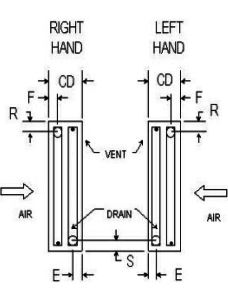
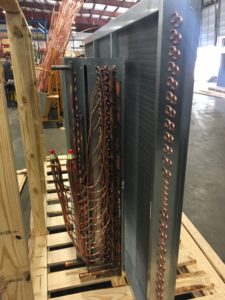
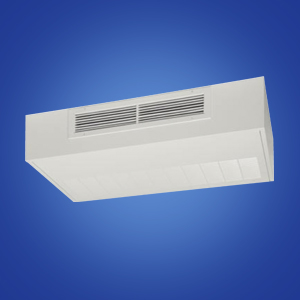
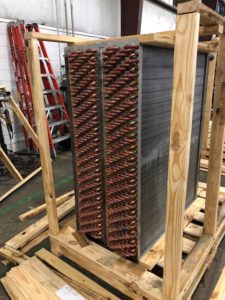
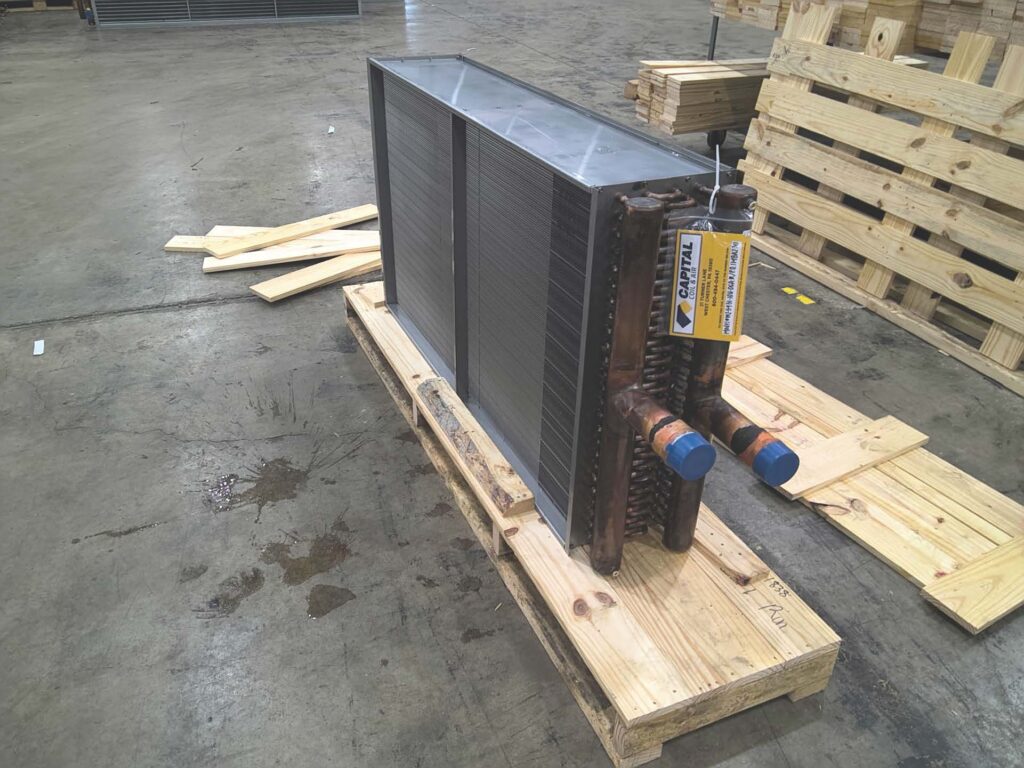
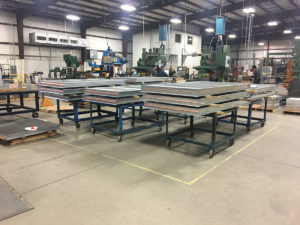 It’s really not a coincidence why
It’s really not a coincidence why 